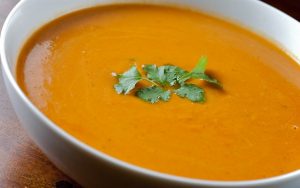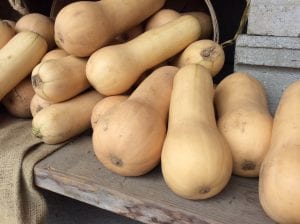Did you know Squash Is rich in vitamins A and C, potassium, and fiber?
As the temperature cools, it is the perfect time to explore the vibrant world of late season squashes. These nutrient packed vegetables offer a multitude of flavors with countless cooking possibilities. Here, we will share some facts, storage tips, delicious recipes as well as cooking methods!
Facts:
- Some popular late season squashes include butternut, acorn, spaghetti, and delicata squash.
- Squashes are nutrient dense, promoting health and immunity throughout the cold season.
- Squashes can be prepared in many ways including: steamed, roasted, sautéed, grilled, stuffed, or pureed.
- This vegetable makes a great addition to soups, stews, salads, and even desserts.
- Late season squashes are usually harvested in the fall and enjoyed in the winter months.
- Don’t store your squashes near ripening fruits, instead store in a cool, dry and well-ventilated area.
METHODS OF COOKING
Steaming: Cut squash into cubes, put in a little water, and steam until tender when pierced
Roasting: Cut squash in half, remove seeds, brush with olive oil, season with salt and pepper, and roast in the oven until tender.
Sautéing: Cut squash into cubes or slices and sauté with garlic, herbs, and spices for a flavorful side dish.
Purée: Cook squash until soft, then blend until smooth for soups, sauces, or fillings for ravioli or lasagna.
Grilling: Cut squash into thick slices, brush with olive oil, and grill until charred and tender for a smoky flavor.
Stuffing: Hollow out squash halves and fill with a mixture of grains, vegetables, and protein for a nutritious and satisfying meal.
Slow Cooker: Place the whole, clean squash into a slow cooker. Cover with lid and cook until tender, six to eight hours over low heat, or four to five hours on high heat.
